2016 Preview: Investors Will See Tighter Connection Between Water and Climate
Finance and environmental groups develop new standards for evaluating water risk
By Brett Walton
Circle of Blue
Water advocates, working tirelessly behind the scenes, ended 2015 with a rousing success at the Paris climate talks. Three out of four countries that submitted carbon reduction plans also outlined steps to adapt to the potentially violent spasms in the global water cycle that are expected in a warming world. It was the broadest, top-level political acknowledgment to date of the tight link between water and climate change.
Knowledge of the water-climate connection will deepen and spread to new areas in 2016. Above all, the financial sector, aware of water’s role but often only superficially, will be handed a new tool for evaluating the climate risk of water projects.
“The opportunity to influence private sector investment is huge.”
–John Matthews,
Alliance for Global Water Adaptation
It is called the water-climate bond standard, a certification process that will help investors better understand the benefits and the hazards of investing in an array of developments: wastewater treatment plants, reservoirs, irrigation schemes, canals, or watershed restoration. In time, the standards could also be adopted by corporations that wish to display water-smart credentials for new factories or processing facilities.
The standard, which is open for public comment until February 12 and expected to be finalized by the summer, is a project of the Climate Bonds Initiative, a London-based nonprofit that wants to see financial capital in the $US 80 trillion global bond market flow toward low-carbon, resource-efficient, water-conserving developments that match 21st-century environmental conditions.
To achieve that, CBI is working with a host of scientific and financial institutions on a rigorous evaluation process for projects financed by bonds, the long-term debt that underpins most large infrastructure. The bonds, often issued by development banks, cities, utilities, or businesses, for millions or billions of dollars, are repaid with interest over many decades.
“The opportunity to influence private sector investment is huge,” John Matthews, coordinator for the water-climate standard working group, told Circle of Blue. “Technical people already understand the connections, but the finance community has not caught up. We want to connect the finance community with the water community and the climate community and provide coherence across all three areas.”
The finance world is just beginning to respond to climate risks, particularly for the most carbon-rich fossil fuels. Coal stocks today are no more desirable than a lump of the black rock in a Christmas stocking, while big new coal mines are having trouble finding backers. Last August, the Commonwealth Bank of Australia, that nation’s largest bank, said it would not fund the Carmichael mine in Queensland, the biggest coal mine ever proposed in Australia. Meanwhile, investments in renewable energy are sprinting forward. In November, Goldman Sachs, the world’s largest investment bank, announced it will quadruple investments in wind, solar, and other renewables, to $US 150 billion.
It is a disruptive shift for the energy sector. The same financial levers, supporters of the water-climate standard hope, have the same potential to influence what water projects are built and where.
The Certification Process
If an issuers wants a bond to be certified, they will apply with CBI. A third-party auditor will conduct the assessment. First, it will determine whether the bond should be evaluated as a carbon reduction project, called mitigation in the industry’s terms, a climate adaptation project, or both. A mitigation project might be a methane-capture system for a wastewater treatment plant; an adaptation project could be groundwater recharge or rainwater storage.
Each track has a checklist and a scorecard. What are the project’s carbon emissions? Is is being built in a basin that allocates water rights? How are restrictions handled during shortages? The score is tallied and the bond is rated as superior, acceptable, or not acceptable.
Matthews expects the standard to be a “living document,” undergoing revision for the first few years as the methodology is refined and matched with new science. Specialized categories could emerge, he said, pointing to hydropower as an area in need of scrutiny due to climate change. A study published earlier this week in the journal Nature Climate Change concluded that warmer rivers with less flowing water could reduce electricity generation at roughly two-thirds of the world’s hydropower plants by mid-century. Carbon emissions from the reservoirs would also be accounted for in the certification.
“Hydropower is exquisitely sensitive to climate impacts,” Matthews said. “The risks of water shortages potentially undermine any climate mitigation that they propose to offer. We need to have evidence that designers and operators have considered the outcomes.”
Those sorts of comparisons will help investors determine the risk and worthiness of large infrastructure projects such as treatment plants or reservoirs that are expected to operate for a half century or more.
Green Growth
The water-climate bond standard is an offshoot of the green bonds movement. Beginning in 2007 the two largest international financial institutions, the European Investment Bank and the World Bank, began issuing green bonds for projects that promised a climate or environmental benefit, such as a wind farm, solar power installation, or flood defenses.
Over time, the banks and outside groups developed a set of standards for evaluating and certifying the legitimacy of projects labeled as green, and third-party auditors emerged to validate the process.
The Climate Bonds Initiative wants to expand the green bonds model. It is applying the concept not only to water but to a range of sectors: agriculture, buildings, transport, and solar power, among others. To develop the water standard, CBI enlisted the help of three respected environmental groups that work on financial issues: Ceres, CDP, and World Resources Institute.
The initiative has earned praise. Will Sarni, director for water strategy at Deloitte Consulting and an adviser to the CBI water group, called the development of a standard a promising step.
“We’re excited by what they’re doing,” Sarni told Circle of Blue. “We need standards that can be audited to increase the rigor of quantifying the value of water-climate issues.”
Investors also appreciate the effort to certify bond offerings based on water criteria.
“Anything that encourages more transparency around water consumption, efficiency, and access to a reliable supply we are supportive of,” Matthew Diserio, president of Water Asset Management, an investment firm, told Circle of Blue. “More disclosure is better. For companies, disclosing a reliable water supply reduces risk and lowers the cost of capital.”
What are the benefits of going through the certification process? The certification alone does not bestow a lower interest rate, but there does appear to be strong demand for these bonds. Matthews said that long-term investors such as pension funds snatch them up, and the bonds sell quickly.
Sarni agreed. “I don’t think this is just labeling or advertising,” he said. “It appeals to investors looking for positive impacts on water and climate issues. If you create a product” — a certified water-climate bond in this case — “it becomes more appealing and helps things get built.”
In 2014, DC Water, which provides water and sewer service to residents in the nation’s capital and surrounding areas, issued the first certified green bond for a U.S. water utility. The $US 350 million bond, payable over 100 years, will help restore watersheds and reduce sewer overflows into the region’s waterways.
Matthews, though he would not disclose names, said that the working group is talking with institutions about being the first to go through the certification process when the water-climate standard is finalized, sometime this summer.
With luck, the same explosive growth that is occurring in the market for green bonds will materialize for water-climate bonds. Green bonds, surpassing growth forecasts each year, are expected to be a $US 50 billion market in 2015.
“We hope the standard can go viral in the finance world,” Matthews said. Maybe not on YouTube, but perhaps a financial hit in 2016.
Brett writes about agriculture, energy, infrastructure, and the politics and economics of water in the United States. He also writes the Federal Water Tap, Circle of Blue’s weekly digest of U.S. government water news. He is the winner of two Society of Environmental Journalists reporting awards, one of the top honors in American environmental journalism: first place for explanatory reporting for a series on septic system pollution in the United States(2016) and third place for beat reporting in a small market (2014). He received the Sierra Club’s Distinguished Service Award in 2018. Brett lives in Seattle, where he hikes the mountains and bakes pies. Contact Brett Walton


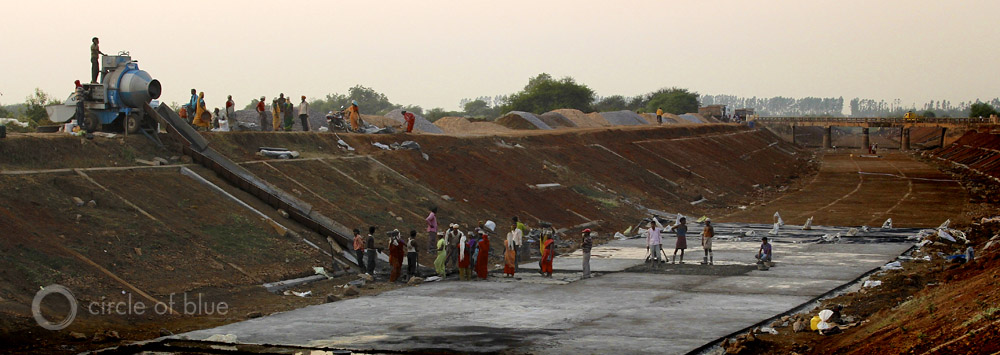


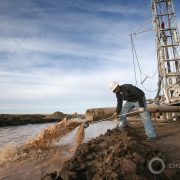
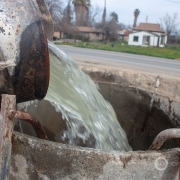
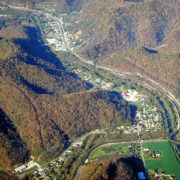



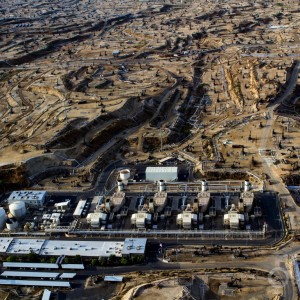
Leave a Reply
Want to join the discussion?Feel free to contribute!